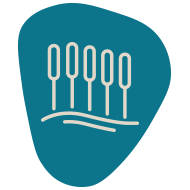
Acupuncture
Acupuncture is a form of traditional Chinese medicine that involves the insertion of thin, sterile needles into specific points on the body.
Acupuncture is based on the concept that the body possesses a network of channels or meridians that reflect the internal organ system. By manipulating these channels through needle insertion, circulation of blood, fluids, and nutrients can be facilitated to nourish the targeted tissues or organs. This process encourages the body to regain balance and promote healing.
During an acupuncture session, the practitioner will first conduct a thorough assessment to understand the individual's symptoms, medical history, and overall health. Based on this evaluation, the practitioner will determine the specific acupuncture points to be targeted.
The acupuncture needles used are very thin, solid, and sterile. They are typically inserted into the skin to a depth that can vary depending on the location and condition being treated. The insertion is generally painless or may cause a mild sensation. Once the needles are in place, they may be gently manipulated or stimulated by the practitioner.
Acupuncture is used to address a wide range of health conditions, including pain management, musculoskeletal disorders, digestive issues, respiratory problems, stress-related conditions, fertility concerns, and many others. It is often used in conjunction with other traditional Chinese medicine techniques, such as herbal medicine, dietary adjustments, and lifestyle recommendations, to provide a holistic approach to healing.
The Master dong acupuncture style-
Master Dong is widely recognized as one of the greatest acupuncturists of modern times, renowned for his unique acupuncture style.
His acupuncture technique is renowned for its remarkable speed, precision, and effectiveness in treating various types of pain and internal diseases, regardless of whether they are acute or chronic in nature.
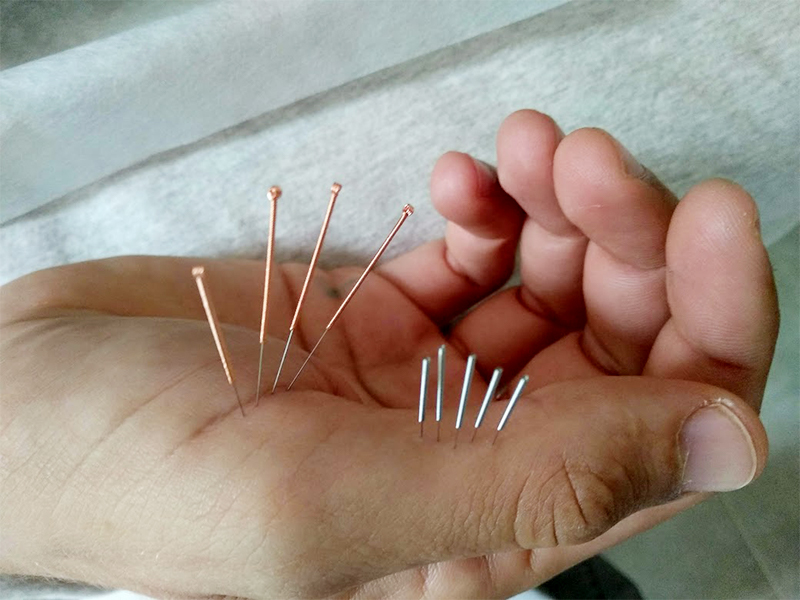
Laser Acupuncture
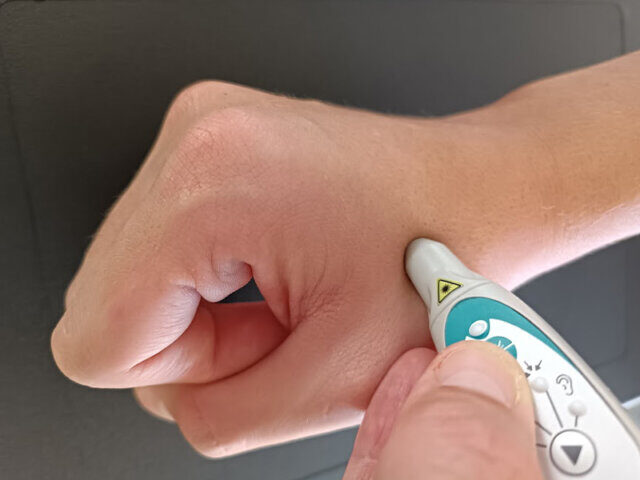
Laser Acupuncture: A Modern Twist on an Ancient tradicional Practice
Laser acupuncture is a modern adaptation of traditional acupuncture, utilizing low-intensity laser beams instead of needles to stimulate acupuncture points on the body.
Laser Therapy has been researched since the 1970’s.
This non-invasive technique offers a pain-free alternative while retaining the therapeutic benefits of traditional acupuncture. Here's als who are apprehensive about needles and Children.
Common Syndromes Managed by Laser Acupuncture
1.Acute & Chronic Pain Syndromes
Conditions like osteoarthritis, rheumatoid arthritis, and chronic lower back pain can be effectively managed with laser acupuncture. Joint pain, overuse injuries and recovery from high rate training can be addressed as well. Laser acupuncture helps reduce pain, improve joint mobility, and decrease the need for pain medications.
- Headaches and Migraines
Laser acupuncture can provide relief from tension headaches and migraines by targeting specific points that help alleviate pain and reduce the frequency and severity of headache episodes.
- Digestive Disorders
Conditions such as irritable bowel syndrome (IBS), constipation, and acid reflux can be alleviated with laser acupuncture. It helps regulate digestive function, reduce inflammation in the gastrointestinal tract, and promote a balanced gut environment.
- Respiratory Conditions
Asthma, allergies, and chronic bronchitis can benefit from laser acupuncture. It helps reduce inflammation in the respiratory system, improve lung function, and enhance overall respiratory health.
- Hormonal Imbalances
Laser acupuncture can help manage conditions like polycystic ovary syndrome (PCOS), menopause symptoms, and thyroid disorders. By targeting specific points, it can regulate hormonal levels and improve endocrine function.
- Mental Health Issues
Anxiety, depression, and insomnia are common conditions that can be effectively managed with laser acupuncture. It helps balance neurotransmitter levels, reduce stress, and promote better sleep patterns.
It is a great solution for treating kids without the fear of needles. If you're considering acupuncture but are hesitant about needles, laser acupuncture might be the perfect solution for you and your loved ones.
Benefits of Laser Acupuncture
- Pain Relief
Laser acupuncture is effective in alleviating various types of pain, including chronic pain conditions like arthritis, fibromyalgia, and lower back pain. The laser light helps reduce inflammation, improve blood circulation, and stimulate the release of endorphins, the body’s natural painkillers.
- Enhanced Healing and Tissue Repair
The laser energy accelerates the healing process for injuries and enhances tissue repair, making it beneficial for wound healing, sports injuries, and post-surgical recovery.
- Reduced Inflammation
Laser acupuncture effectively reduces inflammation, which is a common underlying factor in many chronic and acute conditions. By targeting specific acupuncture points, it can decrease inflammatory markers and improve the overall inflammatory response in the body.
- Improved Circulation
The stimulation of acupuncture points with lasers enhances blood flow to targeted areas. Improved circulation helps deliver essential nutrients and oxygen to tissues, promoting overall health and accelerating recovery.
- Stress and Anxiety Reduction
Laser acupuncture can help balance the autonomic nervous system, which controls the body's stress response. By targeting specific points, it can reduce stress hormones like cortisol and promote the release of relaxation-inducing neurotransmitters, such as serotonin and dopamine.
- Enhanced Immune Function
Stimulating acupuncture points with laser light has been shown to boost immune function. It increases the activity of white blood cells and enhances the body's ability to fight off infections and illnesses.
Shiatsu
Shiatsu is a form of therapeutic bodywork that originated in Japan. It is rooted in traditional Chinese medicine and incorporates elements of acupressure, stretching, and massage techniques. The word "shiatsu" itself means "finger pressure" in Japanese, highlighting the main method used in this practice.
During a shiatsu session, the practitioner applies rhythmic pressure and gentle stretching to specific points and areas of the body. These points correspond to the energy pathways, or meridians, in the body that are also utilized in acupuncture and acupressure. By stimulating these points and working along the meridians, shiatsu aims to restore balance and improve the flow of vital energy, known as "qi" or "ki" in traditional Chinese medicine.
Shiatsu is typically performed with the recipient fully clothed, and no oils or lotions are used. The practitioner uses their fingers, thumbs, palms, elbows, or knees to apply pressure and manipulate the body's tissues. The pressure can vary in intensity, depending on the individual's needs and preferences.
Whether you are experiencing stress, orthopedic issues, or digestion problems, receiving a shiatsu session will improve your well-being and restore your balance.
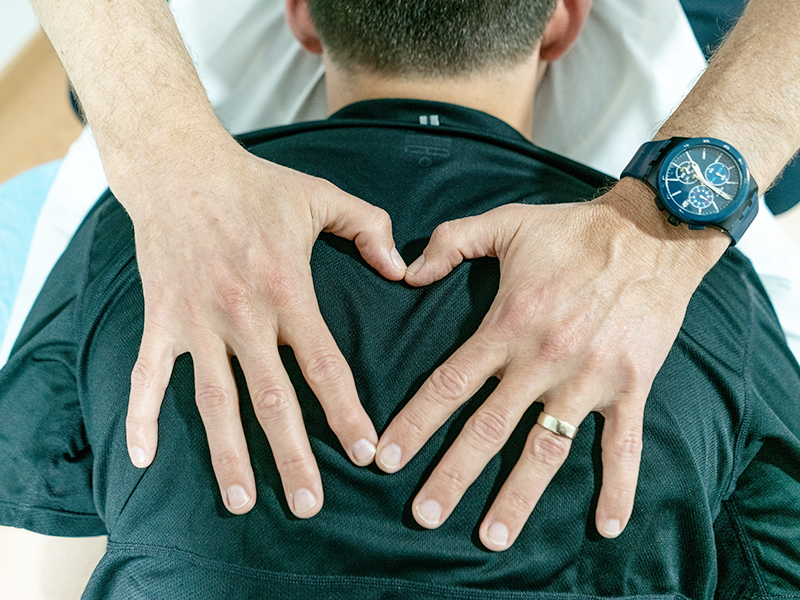
Twi-Na
Twi -Na massage is a form of therapeutic massage that originated in China. It is an integral part of traditional Chinese medicine and is often used in conjunction with acupuncture, herbal medicine, and other Chinese healing modalities.
Tui Na massage involves the application of manual techniques to stimulate and manipulate the body's soft tissues, including muscles, tendons, ligaments, and acupressure points. The practitioner uses a combination of pressing, kneading, rolling, and stretching movements to promote the flow of Qi (vital energy) and restore balance within the body.
The main goals of Tui Na massage are to relieve muscle tension, alleviate pain, improve circulation, and harmonize the body's energy flow. It aims to address imbalances and blockages within the body's energy channels or meridians, similar to acupuncture.
Tui Na massage can be tailored to address specific health concerns or conditions, such as musculoskeletal issues, stress-related disorders, digestive disorders, and more. It is commonly used for both therapeutic and relaxation purposes, providing benefits for physical, mental, and emotional well-being.
During a Tui Na session, the recipient will remain fully clothed. The practitioner will apply various techniques with their hands, fingers, palms, elbows, or even specialized tools to manipulate the body's tissues .
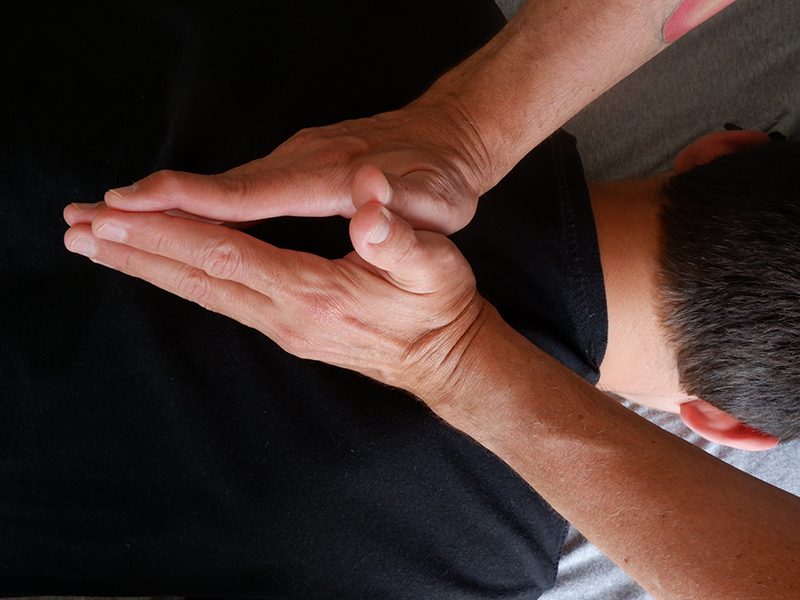
Shonishin
Shonishin therapy is a specialized form of non-invasive pediatric acupuncture that originated in Japan. It is specifically designed for infants and young children, and its gentle techniques make it suitable for their delicate and sensitive bodies.
The word "Shonishin" translates to "children's needle" in Japanese, but in this therapy, the term "needle" is used loosely as it does not involve the insertion of traditional acupuncture needles. Instead, Shonishin therapy utilizes various tools and techniques to stimulate specific acupuncture points on the child's body.
The tools used in Shonishin therapy include rounded instruments, brushes, tapping tools, and other gentle devices that are applied to the skin with rhythmic, light strokes, or gentle pressure. These techniques are aimed at stimulating the child's meridians, harmonizing their energy flow, and promoting overall health and well-being.
Shonishin therapy is known for being painless and non-invasive, making it suitable for children who may be afraid of needles or have a low tolerance for pain. It is commonly used to address a variety of pediatric health concerns, such as allergies, digestive issues, sleep problems, respiratory conditions, behavioral disorders, and general immune support.
During a Shonishin session, the therapist will carefully assess the child's condition and tailor the treatment accordingly. The therapy is usually performed with the child sitting or lying down. The gentle techniques used in Shonishin therapy create a soothing and calming experience for the child, often resulting in relaxation and improved well-being.
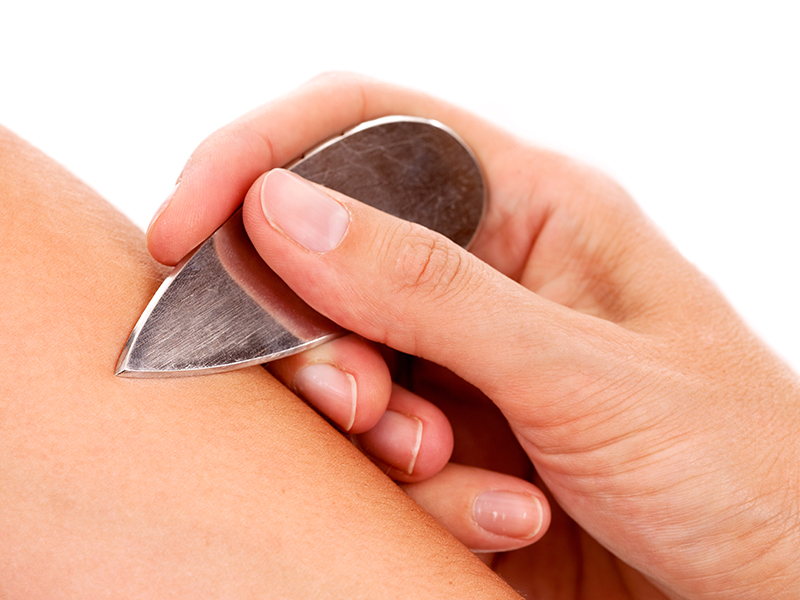
Get in Touch
For a consultation or to book an appointment at the clinic
